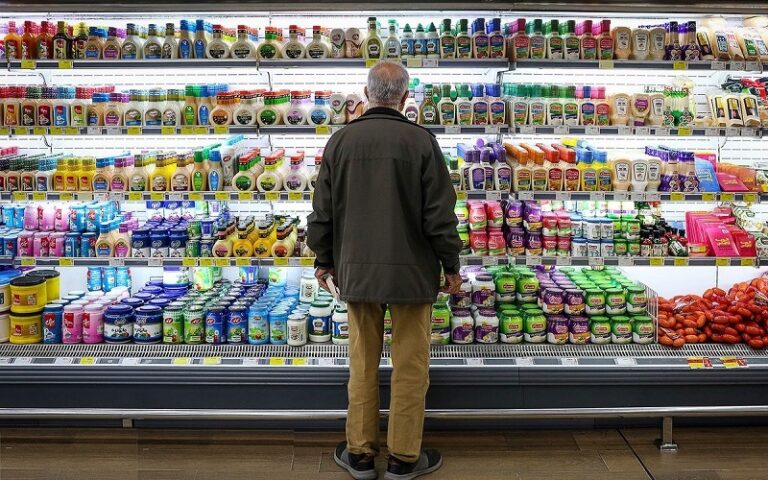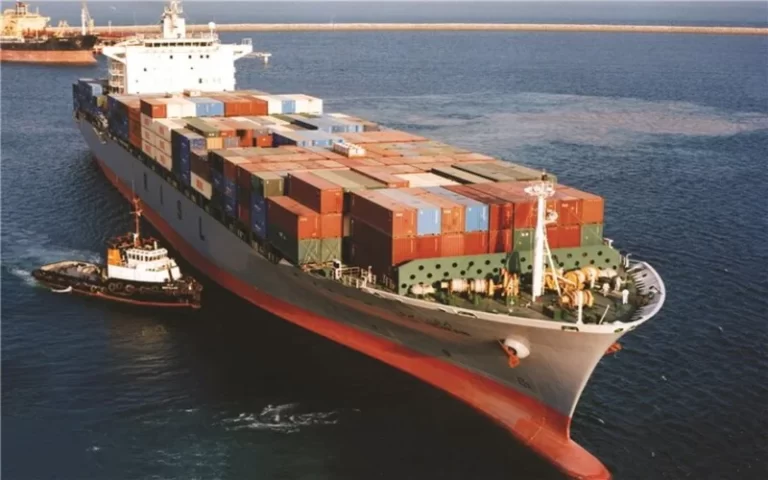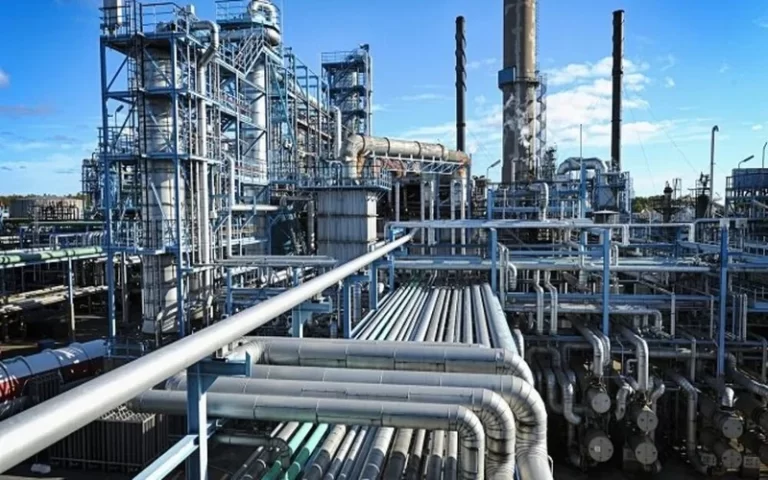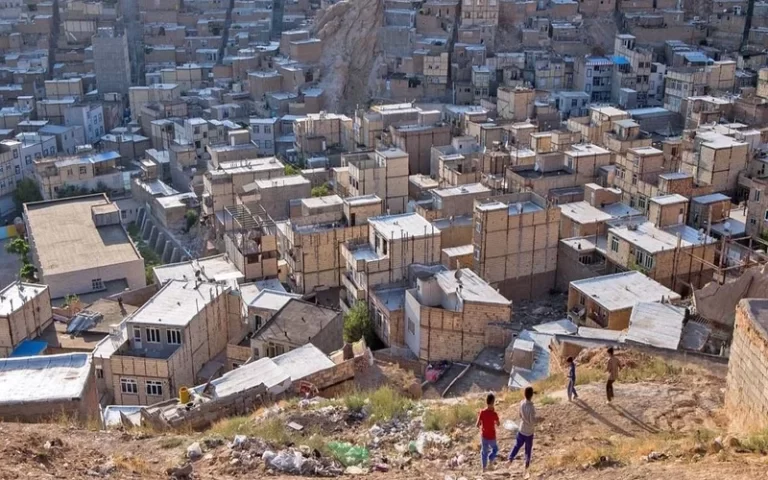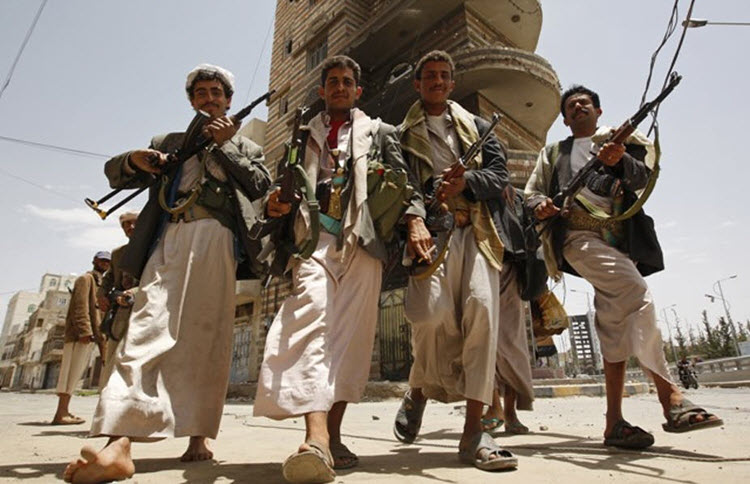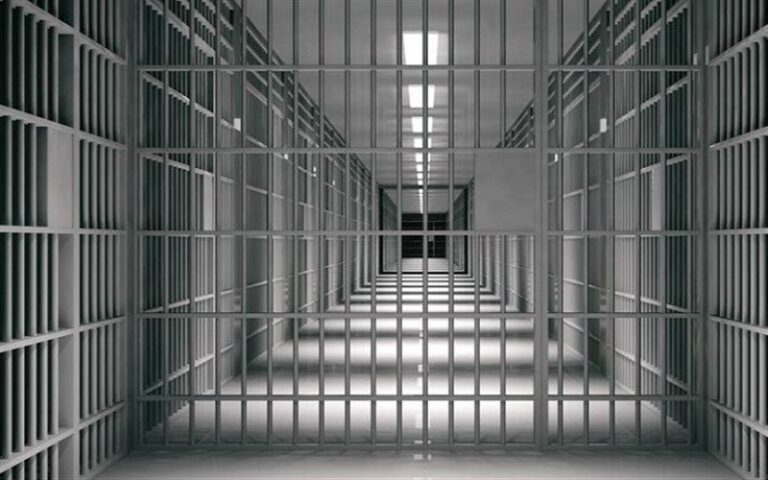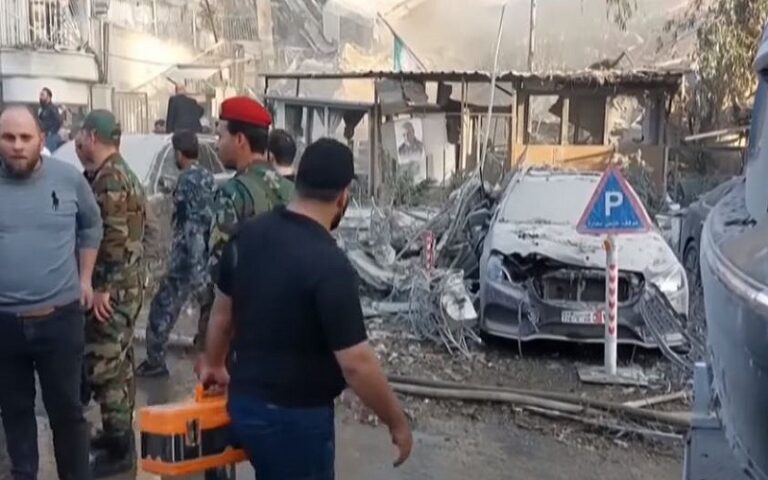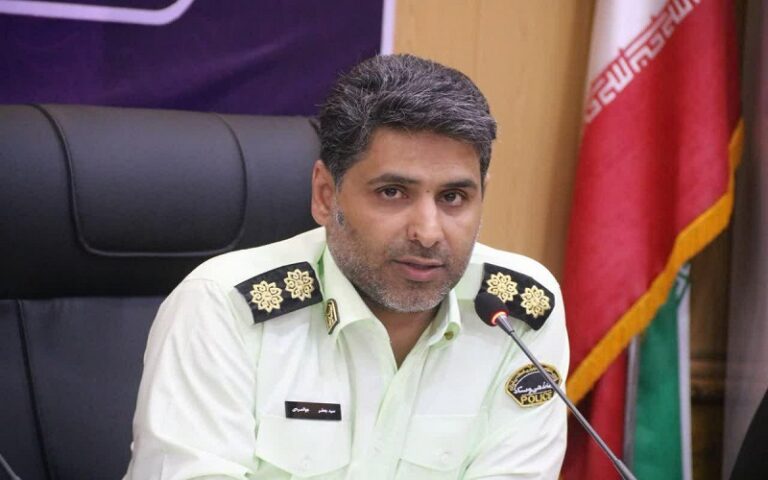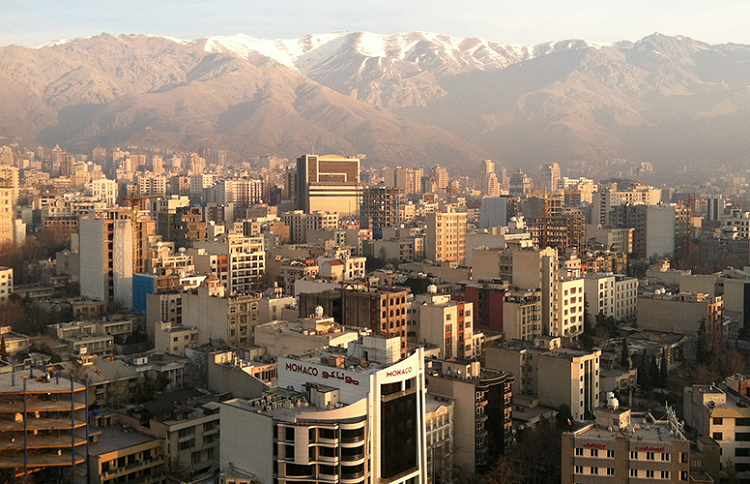Mohammad Reza Bani Tabba, spokesman for the Iranian Dairy Industries Association, announced an “80 percent” reduction in the number of dairy product companies in the country over the past two decades.
Bani Tabba, spokesman for the Iranian Dairy Industries Association, told the regime’s semiofficial ILNA news agency on April 7 that the number of dairy companies in Iran has decreased from over a thousand companies in the 2000s to about 200 companies at present.
He attributed government policies as the cause of the decline in the number of dairy companies and said the Ministry of Agriculture has not yet announced the guaranteed purchase price of raw milk for 2024.
He also said that last year, the increase in the prices of final products was communicated to producers in July.
The spokesman for the Iranian Dairy Industries Association also referred to the decrease in dairy consumption in the country, attributing it to a decrease in people’s purchasing power.
Statistics from the Food and Agriculture Organization (FAO) also confirm a significant decrease in milk and dairy consumption in Iran.
In just three years, milk and dairy consumption in Iran has decreased by nearly 14 percent. Iran’s milk and dairy production also reached 7.9 million tons in 2023, a decrease of 208,000 tons.
FAO statistics also indicate very low milk and dairy consumption in Iran. For example, the per capita consumption of milk and dairy products by Turkish citizens last year was 3.5 times that of Iran.
Bani Tabba also mentioned the problem of dairy product exports and said that we currently have about 100,000 tons of powdered milk in storage, indicating that the export of processed dairy products is not easy, especially since export markets are highly competitive.
His statements come as FAO statistics show a sharp increase in Iranian dairy product exports against the decline in domestic consumption. Iranian customs statistics also support this.
According to FAO estimates, Iranian milk and dairy product exports have increased by 65 percent over the past three years, reaching 1.85 million tons. Imports of various Iranian dairy products have also decreased by 30 percent to 101,000 tons.
Additionally, the storage of 100,000 tons of powdered milk is happening at a time when reports of shortages of this vital foodstuff have been widely published in the country in recent years.
Bani Tabba also claims that dairy companies have adhered to government pricing over the past years, but reports from the Iranian Statistical Center show that since the inception of the Raisi government, the prices of various dairy products have increased 2.5 to 3.5 times.


